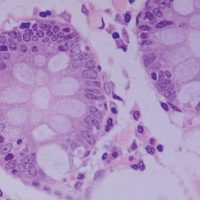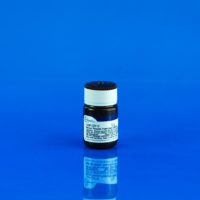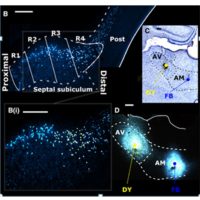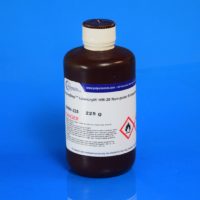BioMag®Plus Concanavalin A
£617.00 Price ex. VAT
Bead- and column-based separation methods rely heavily on the speed and ease of affinity binding systems. Ligands such as streptavidin, antibodies and lectins are used both to capture specifically-tagged targets and for the isolation of cells and biomolecules that naturally express the ligand binding partner. The unique saccharide-binding properties of plant lectins, such as Concanavalin A (Con A) have made them useful for the labeling and isolation of glycan-presenting cells and glycoproteins in serum and cell lysate. Lectins have additionally been used in cell adhesion studies, to effect lymphocyte activation, and to explore carbohydrate-based therapeutics.
Quantity: 3ml
Description
Bead- and column-based separation methods rely heavily on the speed and ease of affinity binding systems. Ligands such as streptavidin, antibodies and lectins are used both to capture specifically-tagged targets and for the isolation of cells and biomolecules that naturally express the ligand binding partner. The unique saccharide-binding properties of plant lectins, such as Concanavalin A (Con A) have made them useful for the labeling and isolation of glycan-presenting cells and glycoproteins in serum and cell lysate. Lectins have additionally been used in cell adhesion studies, to effect lymphocyte activation, and to explore carbohydrate-based therapeutics.
Our Con A-coated BioMag®Plus microparticles provide a convenient means for isolating mannosyl- and glucosyl-containing glycoproteins and polysaccharides from serum or cell lysate, or for investigating other lectin / glycan-mediated processes. The BioMag®Plus magnetic particle format provides high surface area, and permits easy and efficient separations.
Requires: Cold Pack





